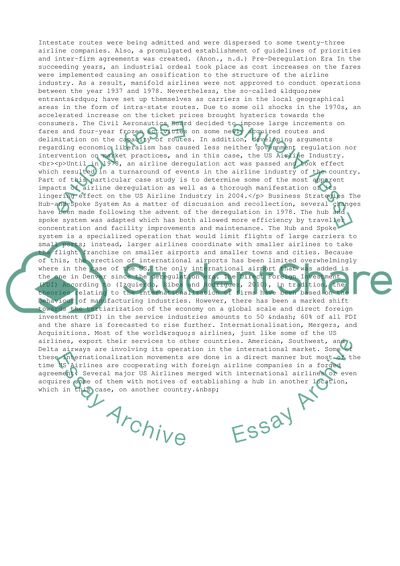Cite this document
(“The US Airline Industry in 2004 Essay Example | Topics and Well Written Essays - 1750 words”, n.d.)
Retrieved from https://studentshare.org/business/1441773-theus-airline-industry-in
Retrieved from https://studentshare.org/business/1441773-theus-airline-industry-in
(The US Airline Industry in 2004 Essay Example | Topics and Well Written Essays - 1750 Words)
https://studentshare.org/business/1441773-theus-airline-industry-in.
https://studentshare.org/business/1441773-theus-airline-industry-in.
“The US Airline Industry in 2004 Essay Example | Topics and Well Written Essays - 1750 Words”, n.d. https://studentshare.org/business/1441773-theus-airline-industry-in.


